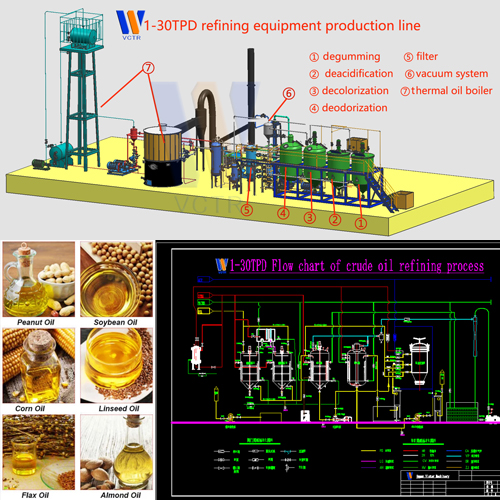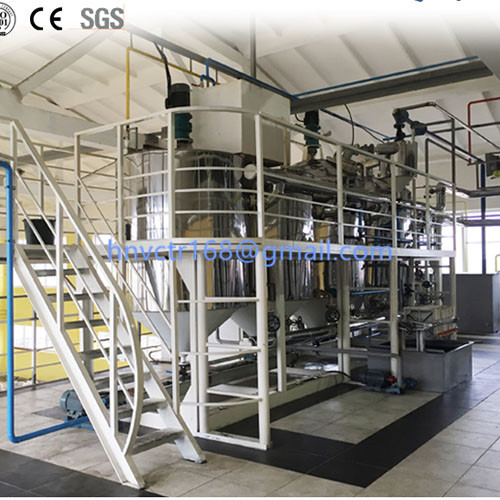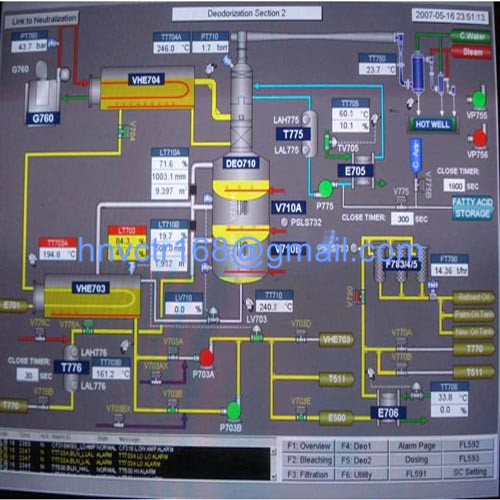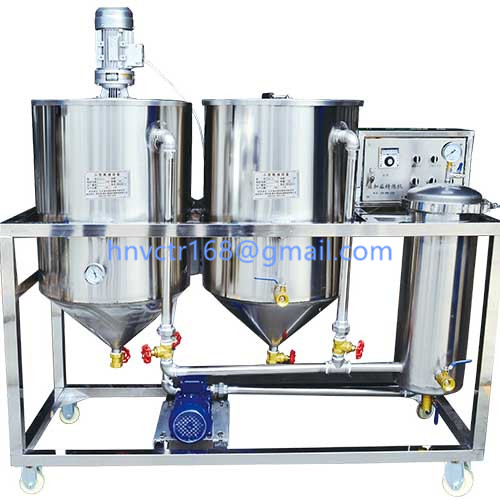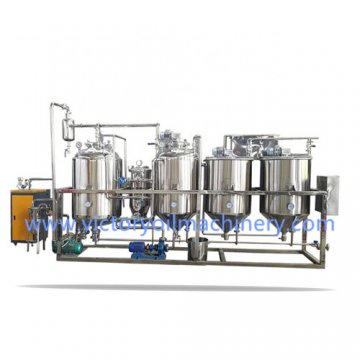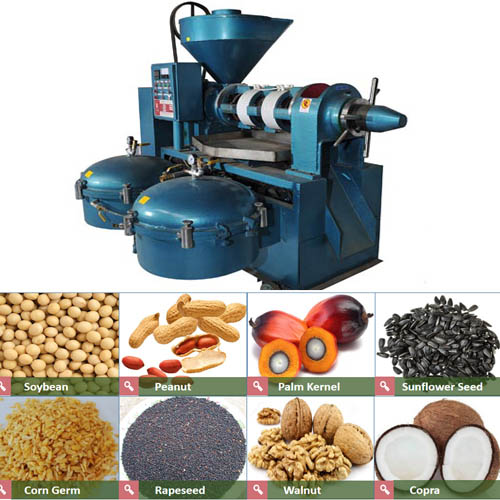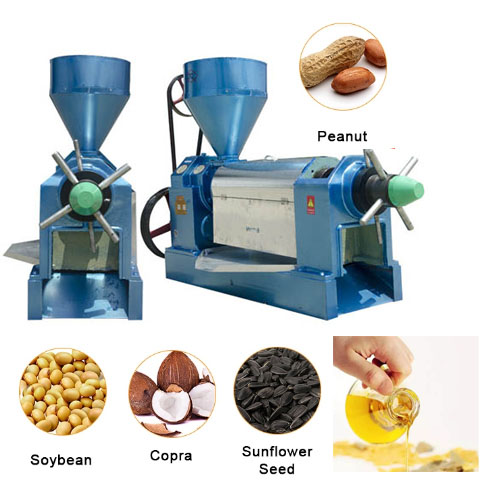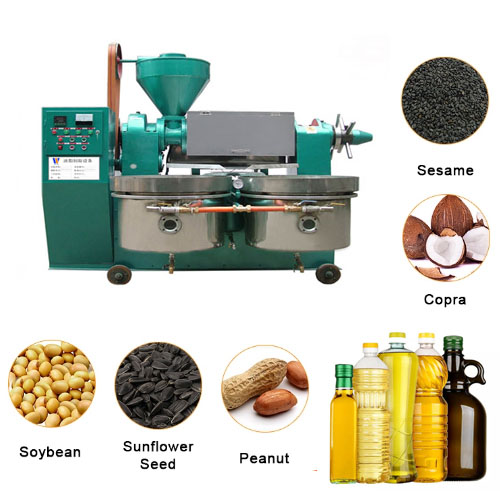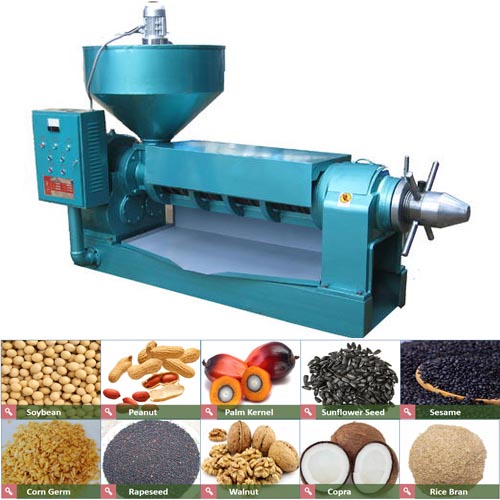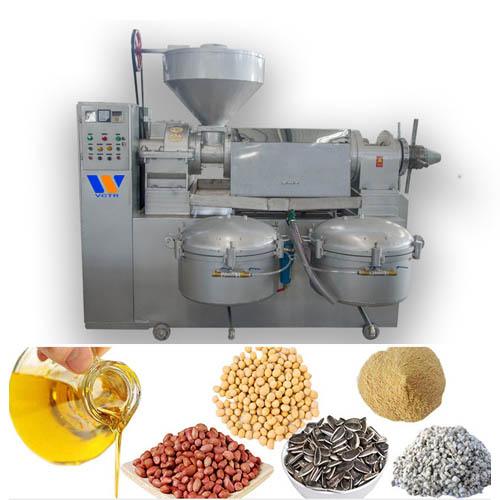Palm oil pressing,refining and fractionation(III)-Bleaching
1. Principle of adsorption bleaching
(1) Adsorption on the surface of the adsorbent
The adsorption is mainly caused by the surface free energy of the superfine convex and concave surface of the adsorbent. After the oil and the adsorbent are in full contact, the pigment is adsorbed and finally reaches the adsorption equilibrium. The temperature is high during bleaching, the adsorption is fast, and the time to reach adsorption equilibrium is short. Because the adsorption is an exothermic process, if the temperature is too high, the adsorption capacity drops instead.
2) Filter press bleaching
After the pigment and adsorbent in the oil reach an adsorption equilibrium, the suspension is separated by a filter press. When the oil passes through the adsorbent layer in the filter, the effective concentration of the adsorbent is very high for the oil. This concentration effect causes a new balance between the decolorizer and the pigment. That is, the oil can be further bleached during the filter press process.
3) Chemical reaction
In the process of bleaching, the surface of the Actived bleaching earth is not only adsorbed, but also chemically reacted. Under vacuum conditions, the oxidation products of oils are decomposed and dehydrated. It is also called false neutralization, which significantly reduces the peroxide value of oil.
There are many methods of bleaching, and the most widely used method in industrial production is adsorption bleaching. The adsorption bleaching of oils and fats is a method of removing pigments and other impurities in oils and fats by using certain substances (adsorbents) that have a strong selective effect on pigments.
2. Bleaching adsorbent
At present, there are mainly the following two adsorbents used for bleaching in the oil industry.
1) Activated bleaching earth
Activated bleaching earth is a kind of adsorbent with high activity that is processed by bentonite as raw material, and is the most widely used in the bleaching of the oil industry. Activated bleaching earth has a strong adsorption capacity for pigments, especially chlorophyll and other colloidal impurities, and has a stronger adsorption capacity for alkaline and polar groups. After the oil is decolorized with bleaching earth, it will give the oil a little bleaching earth smell. It must be deodorized before consumption.
2) Activated carbon
Activated carbon is made by carbonization of tree branches and husks, and then activation treatment. It has a fine and porous structure and a high bleaching coefficient, which is effective for removing red in oil. After bleaching, the single fat has no odor. It can absorb low-marriage point substances, but the filtration speed after use is slow, the price is expensive, and the oil absorption rate is also high. Generally not used alone, it is often used in conjunction with activated bleaching earth, the matching ratio is usually 1:10-20.
Hot tags:Palm oil,pressing,refining,fractionation,Bleaching,adsorption bleaching,Filter press bleaching,Chemical reaction,Bleaching adsorbent,Activated bleaching earth,Activated carbon
For more related technical process information, see https://www.victoryoilmachinery.com/Palm_oil_Production_Machine/
(1) Adsorption on the surface of the adsorbent
The adsorption is mainly caused by the surface free energy of the superfine convex and concave surface of the adsorbent. After the oil and the adsorbent are in full contact, the pigment is adsorbed and finally reaches the adsorption equilibrium. The temperature is high during bleaching, the adsorption is fast, and the time to reach adsorption equilibrium is short. Because the adsorption is an exothermic process, if the temperature is too high, the adsorption capacity drops instead.
2) Filter press bleaching
After the pigment and adsorbent in the oil reach an adsorption equilibrium, the suspension is separated by a filter press. When the oil passes through the adsorbent layer in the filter, the effective concentration of the adsorbent is very high for the oil. This concentration effect causes a new balance between the decolorizer and the pigment. That is, the oil can be further bleached during the filter press process.
3) Chemical reaction
In the process of bleaching, the surface of the Actived bleaching earth is not only adsorbed, but also chemically reacted. Under vacuum conditions, the oxidation products of oils are decomposed and dehydrated. It is also called false neutralization, which significantly reduces the peroxide value of oil.
There are many methods of bleaching, and the most widely used method in industrial production is adsorption bleaching. The adsorption bleaching of oils and fats is a method of removing pigments and other impurities in oils and fats by using certain substances (adsorbents) that have a strong selective effect on pigments.
2. Bleaching adsorbent
At present, there are mainly the following two adsorbents used for bleaching in the oil industry.
1) Activated bleaching earth
Activated bleaching earth is a kind of adsorbent with high activity that is processed by bentonite as raw material, and is the most widely used in the bleaching of the oil industry. Activated bleaching earth has a strong adsorption capacity for pigments, especially chlorophyll and other colloidal impurities, and has a stronger adsorption capacity for alkaline and polar groups. After the oil is decolorized with bleaching earth, it will give the oil a little bleaching earth smell. It must be deodorized before consumption.
2) Activated carbon
Activated carbon is made by carbonization of tree branches and husks, and then activation treatment. It has a fine and porous structure and a high bleaching coefficient, which is effective for removing red in oil. After bleaching, the single fat has no odor. It can absorb low-marriage point substances, but the filtration speed after use is slow, the price is expensive, and the oil absorption rate is also high. Generally not used alone, it is often used in conjunction with activated bleaching earth, the matching ratio is usually 1:10-20.
Hot tags:Palm oil,pressing,refining,fractionation,Bleaching,adsorption bleaching,Filter press bleaching,Chemical reaction,Bleaching adsorbent,Activated bleaching earth,Activated carbon
For more related technical process information, see https://www.victoryoilmachinery.com/Palm_oil_Production_Machine/

